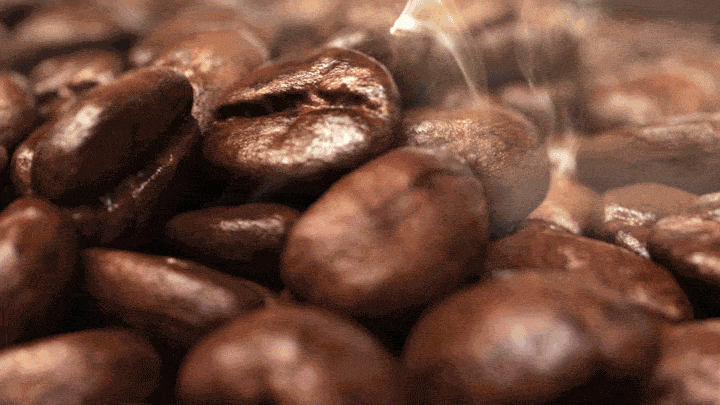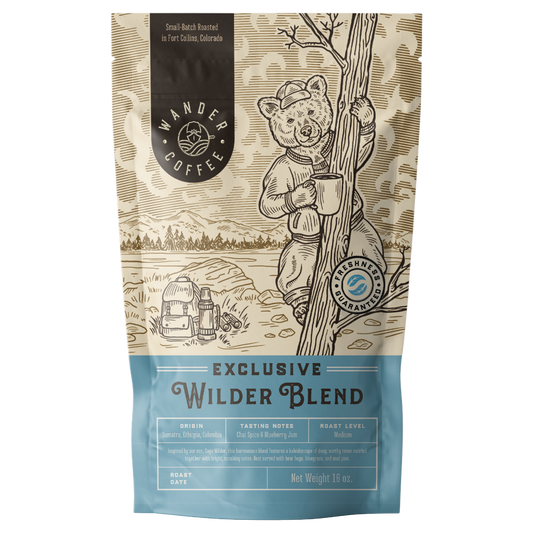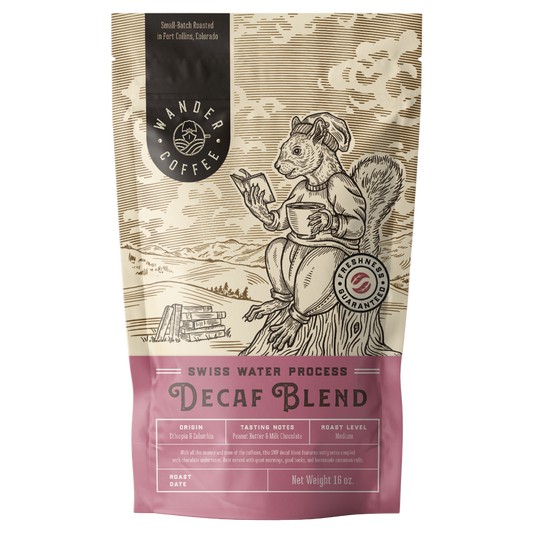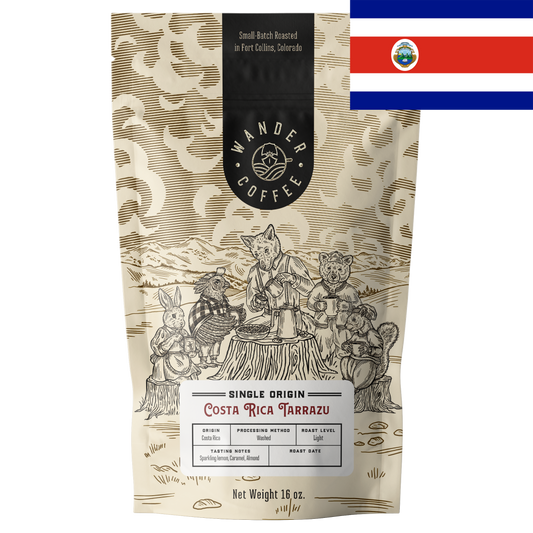
Mistletoe Magic
Inspired by the magic of the holidays, Mistletoe Magic brings together the spirit of tradition and the excitement of the season, offering a flavorful experience that’s as enchanting as a holiday snowfall. Share it with loved ones or enjoy it in peaceful solitude; either way, it’s a brew that embodies the warmth and wonder of Christmas cheer.
Explore Our Best Sellers
-
Twilight Blend
Regular price From $13.00 USDRegular price -
Wilder Blend
Regular price From $13.50 USDRegular price -
Decaf Blend
Regular price From $13.50 USDRegular price -
Costa Rica Tarrazu
Regular price From $14.25 USDRegular price
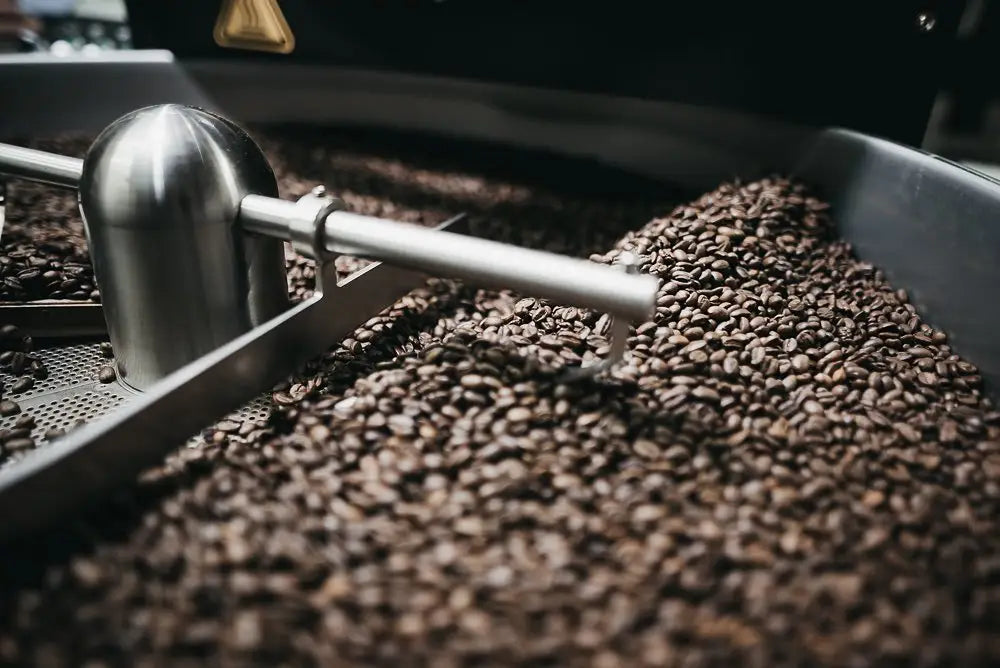
Top-Tier Beans. Always Small-Batch Roasted
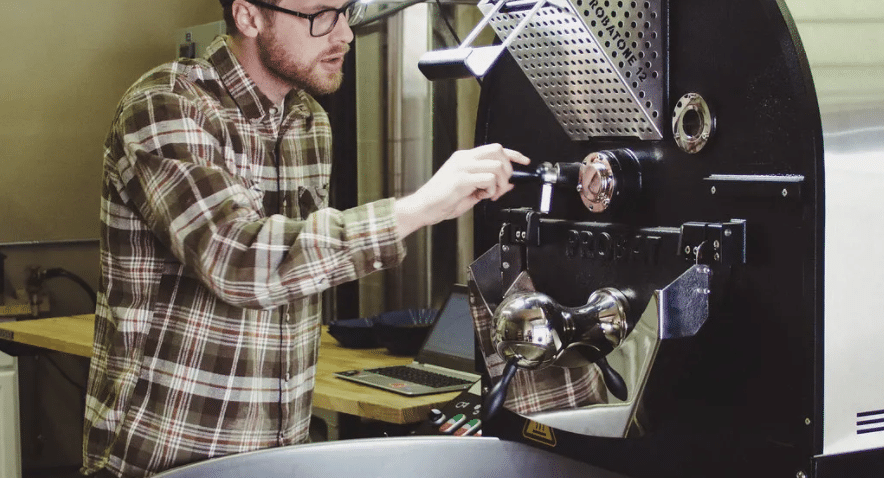
Family Owned and Operated In Fort Collins, CO Since 2016
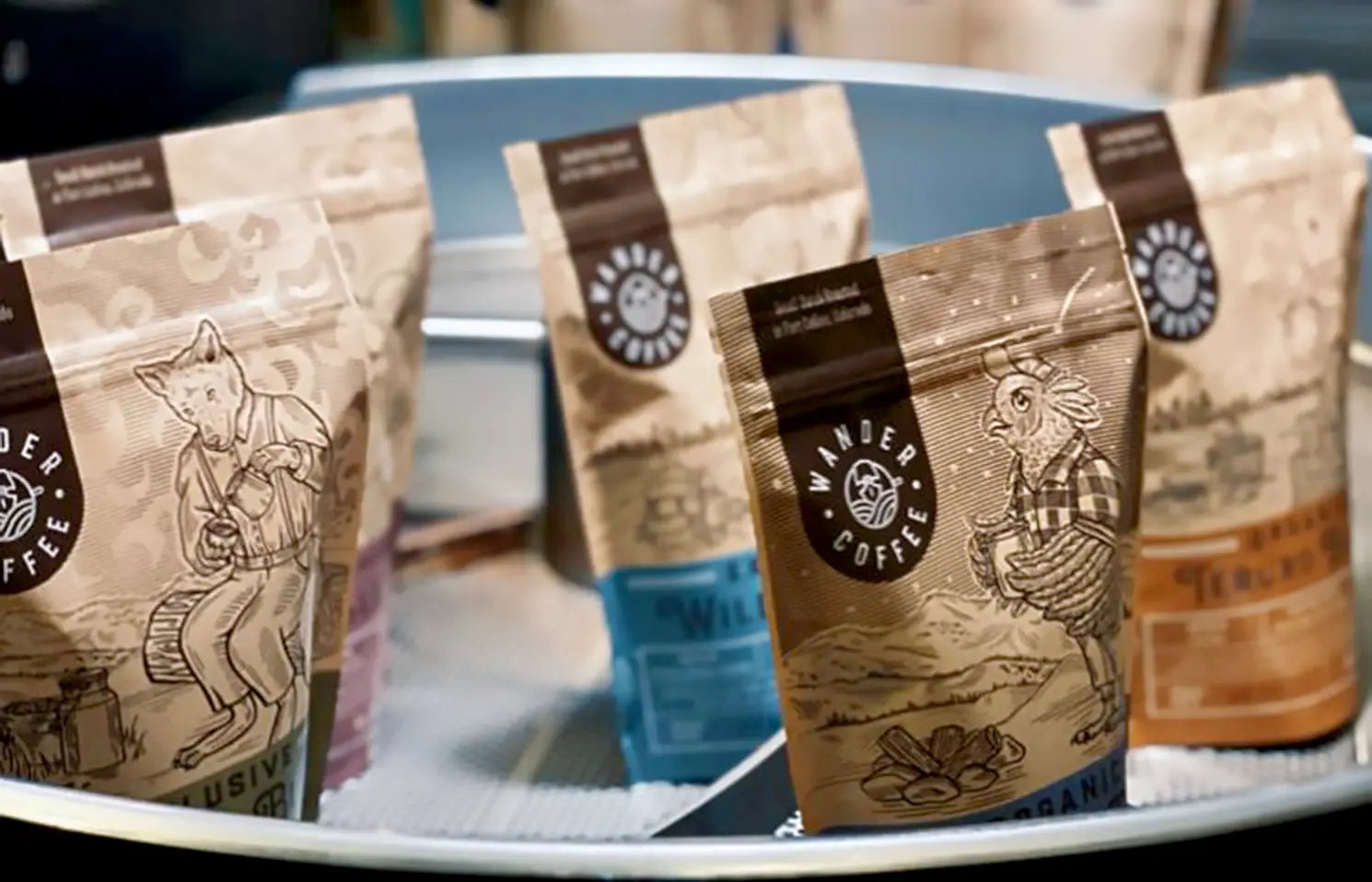
Sustainable Practices. Integrity-Driven Sourcing
our values
-
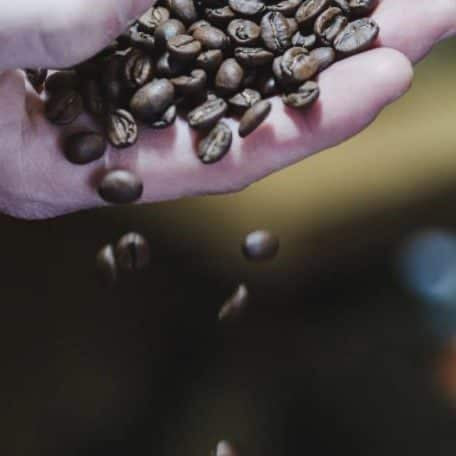
Quality
Wander sources its beans from the highest quality providers around the world. We take great care to roast each lot such that the flavors are enhanced to retain the essence of the farms.
-
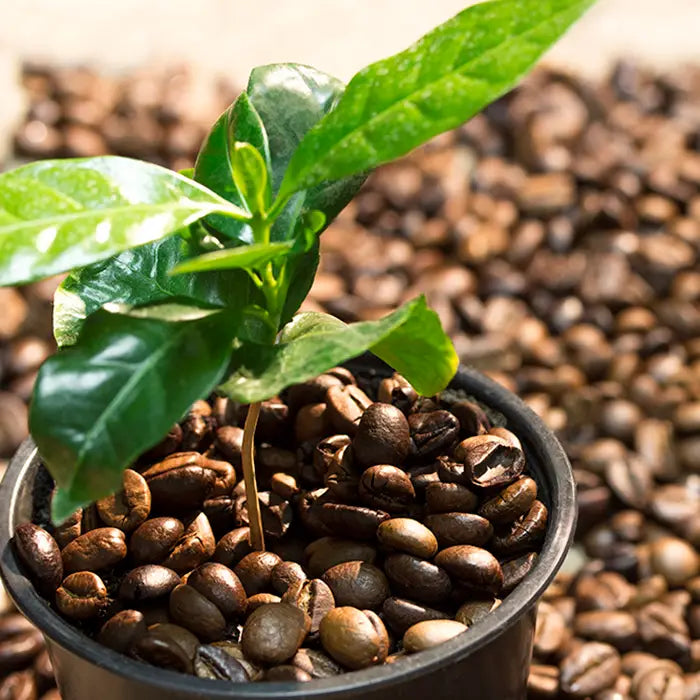
Sustainability
As avid nature lovers ourselves, we are inspired to sustain the earth through all of our actions. From using environmentally conscious equipment to minimizing waste and upcycling, we are proud to raise the bar in eco-friendly roasting.
-
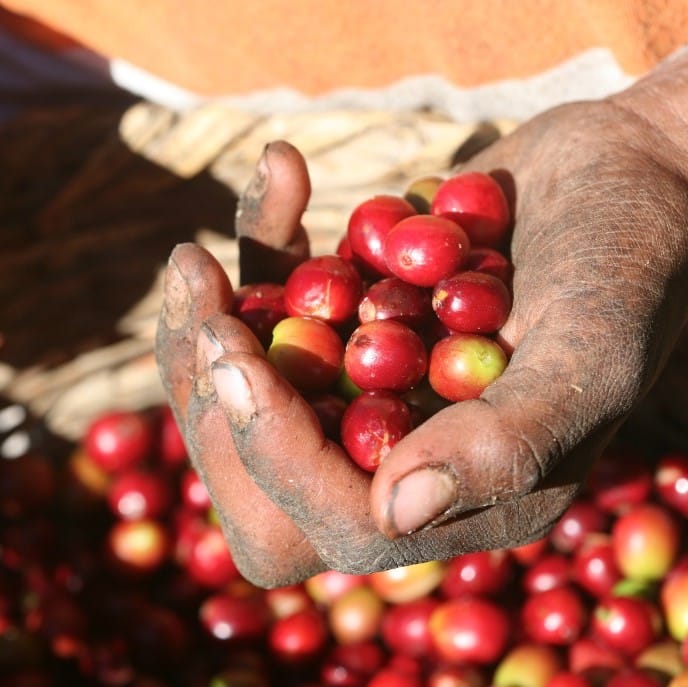
Integrity
We believe that all coffee farmers deserve fair compensation for the crops they so artfully raise. By working closely with our importers, we are able to ensure that all payments to our farmers are higher than even the fair-trade standard.
-
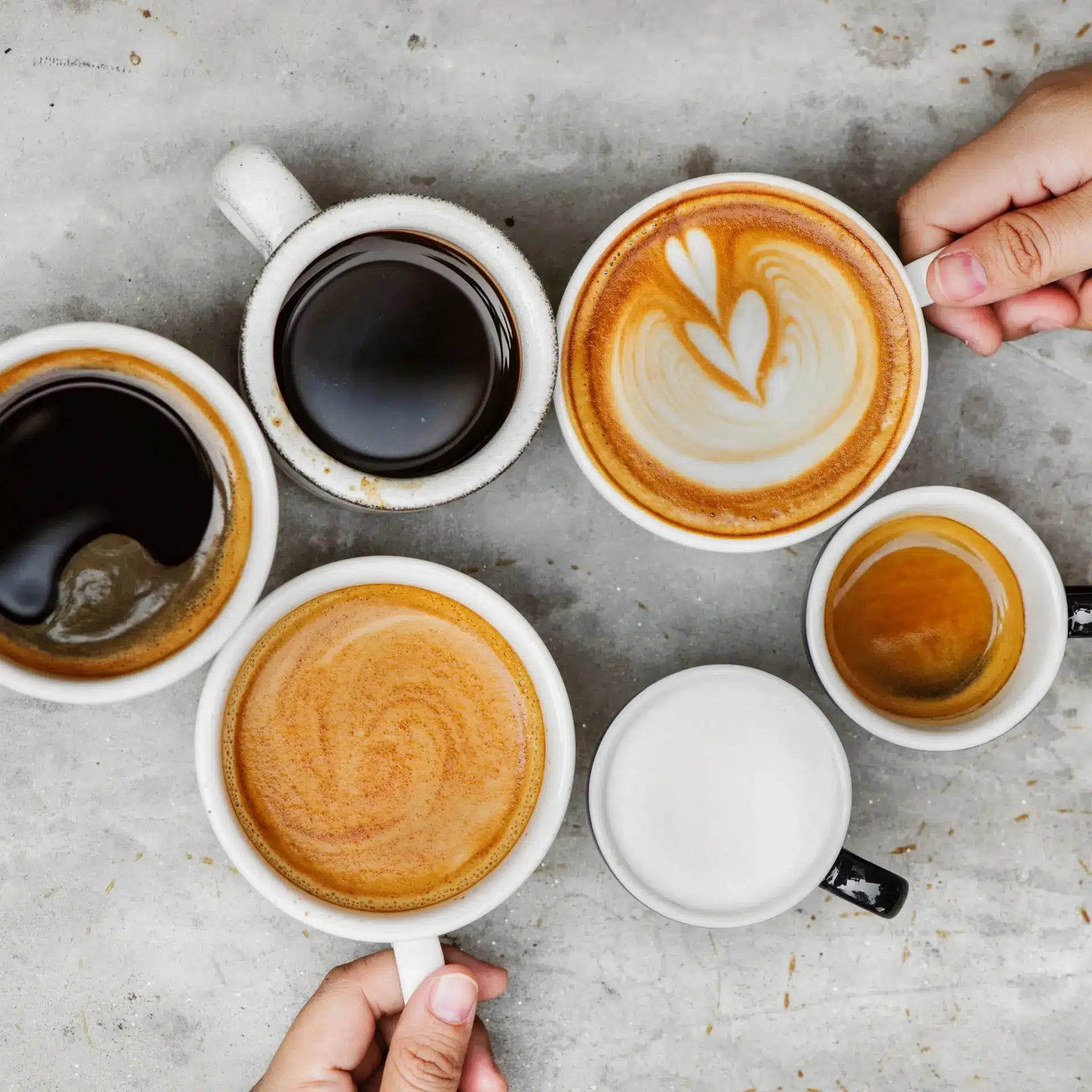
Community
We love how coffee’s common grounds allow people from all walks of life to become cohesive groups. Thrilled to take part in these caffeinated connections, we promise to promote community in all that we do.

